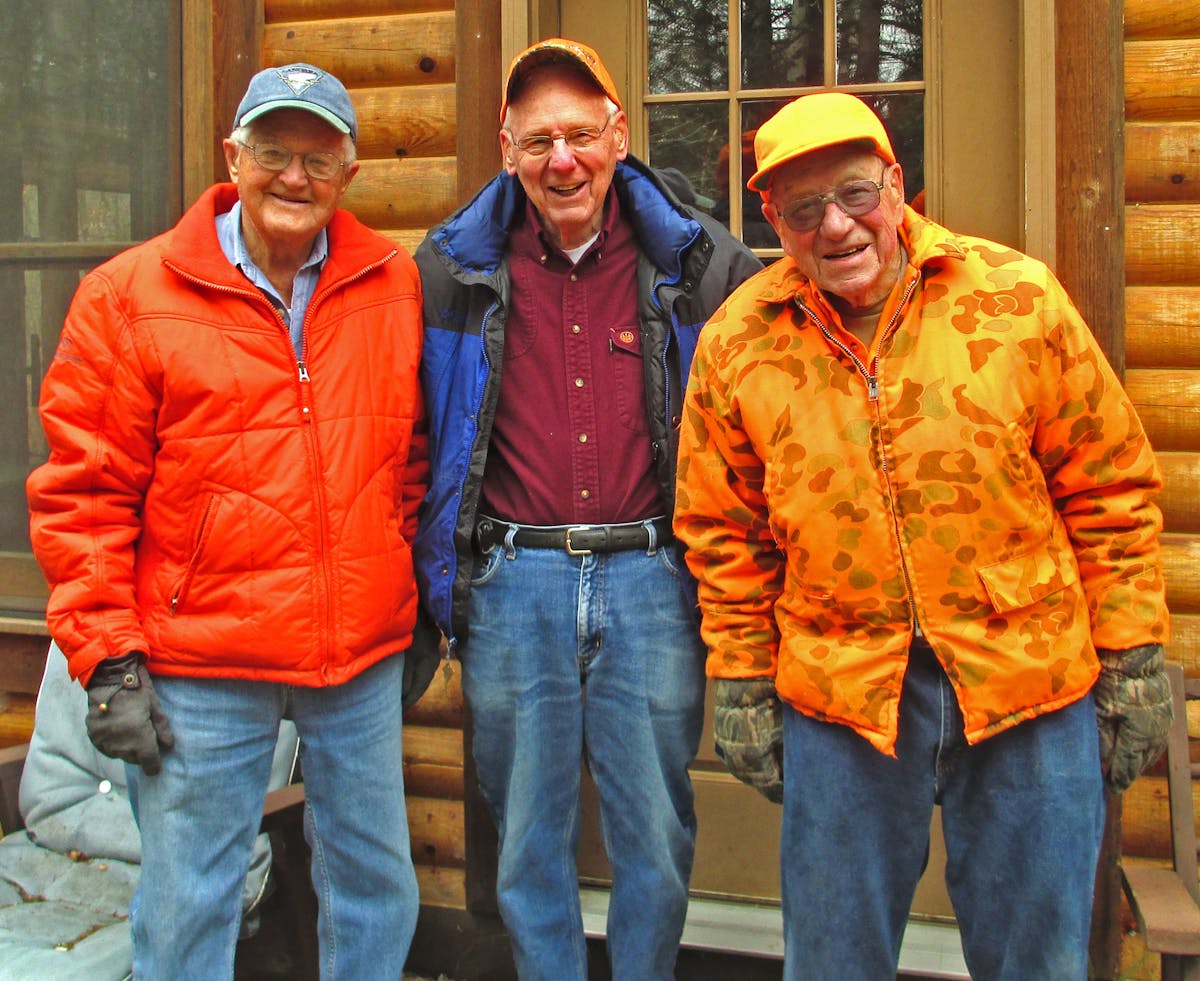BRAINERD, MINN. -- Deciphering the body language of whitetail deer is an art. It's not learned over a hunting season or two, or even a lifetime afield.
For more than four decades I've hunted, photographed and studied whitetail deer. During that time I've been able to decode several characteristic body postures, or displays, demonstrated by whitetails that can help a hunter — or any deer devotee — interpret what a deer is "saying" simply by observing its body language.
The simplest of these postures, and perhaps the easiest of all to decode, is what I call the "alarm pose."
If you've spent any time observing whitetails, you've seen this pose. A deer's astounding sense of smell is its best defense against predators, whether man or beast. One whiff of a predator will send most deer bounding away with tails raised.
So the "alarm pose" is observed when a deer hears or sees something it perceives as imminent danger, but also when the direction of the wind prevents the deer from smelling the object of its concern. Whether buck or doe, the deer's ears will be cupped forward, its head held high and its stare turned in the direction of the disturbance. Its body will be stiff and unrelaxed. Sometimes the tail may be raised. Other times the white rump and tail hairs will simply be flared.
To the hunter, observing a deer in the "alarm pose" could mean another deer is approaching. Perhaps a big buck. Or possibly another hunter. A deer's sense of hearing is highly acute, and it has a remarkable ability to decipher various sounds. Seldom will a deer perform the "alarm pose" at the sound of a squirrel, turkey or other non-threatening animal. When unable to determine whether a sight or sound is friend or foe, a deer will sometimes perform the "head bob." The deer will begin to lower its head toward the ground, as if to feed, and then suddenly jerk its head back up again. The head bob is an attempt to catch predators off guard (including hunters raising their weapons). Many will assume the deer is going back to feeding.
Once a whitetail has determined a distraction is not a threat, it will usually wag its tail once or twice in a casual, side-to-side motion. This is what I call the "all-clear" signal. The tail wag appears to be a gesture to other deer in the area, although lone deer are also known to perform the "all-clear" signal.
With the rut or breeding season kicking in now, whitetail deer will display many different, interesting and informative body gestures, each with its own hidden meaning. Learn what the deer are "saying" by studying the images here and at www.startribune.com/outdoors.
Bill Marchel, an outdoors writer and photographer, lives near Brainerd.
